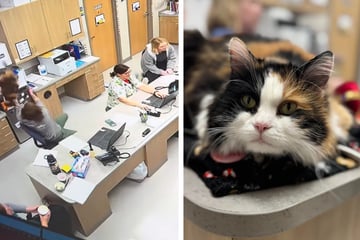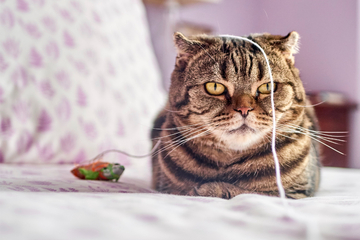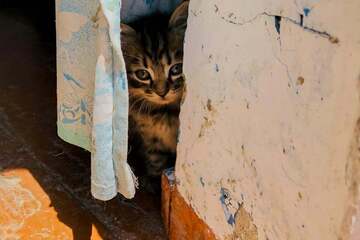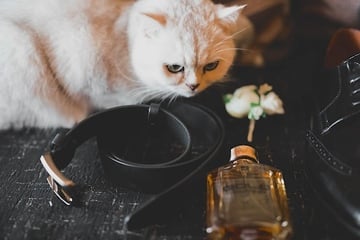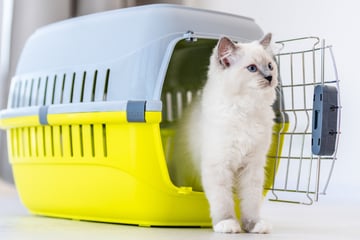How to protect furniture from cats
There's so much to love about our dear feline friends, but one thing probably drives every cat owner nuts – ruined furniture! Here's what drives cats to scratch furniture to shreds and how you can stop it from happening.
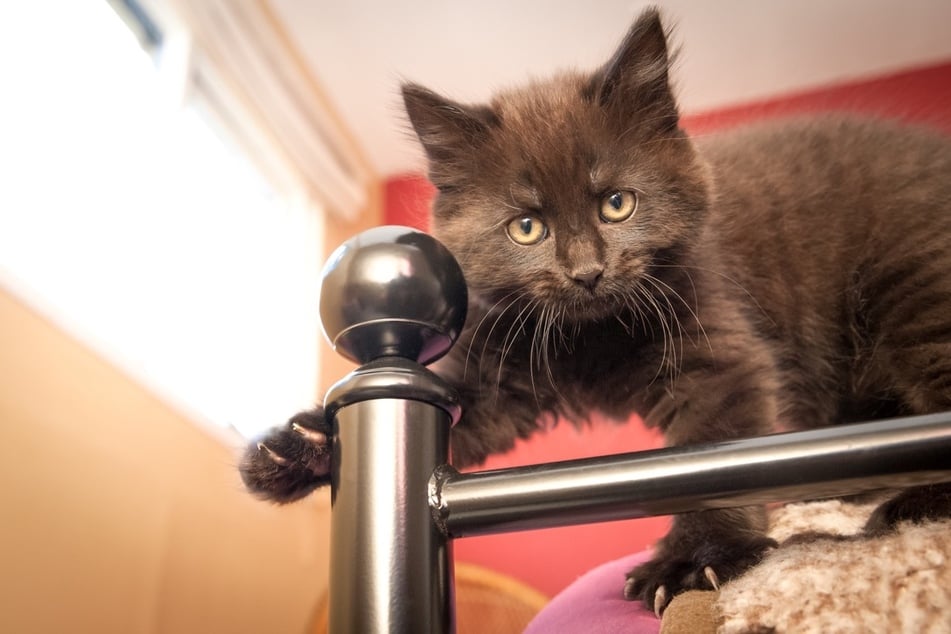
Anyone who has ever owned a cat will be well aware how destructive they can be.
Cats love to sharpen their claws on couches, beds, blankets, and everything in between. Furniture in a cat household always seems at risk – but it really doesn't have to be that way!
So why do cats feel the need to destroy your furniture and, more importantly, what can you do about it?
TAG24's cat guide is here to help you curb your cat's destructive enthusiasm and protect your home.
Why do cats destroy your furniture?
Cats destroy your furniture for a variety of reasons, but the method and reason by which it happens is entire context-dependent. In other words – different cat behaviors ruin furniture in different ways and for different reasons. Soiling a couch has different causes and effects than scratching an armchair to ribbons.
These are the most common reasons why your cat might have destroyed your furniture:
- An instinctive need to scratch: Every cat has a natural tendency to scratch and claw at things as a way to maintain and trim its nails. In addition, cats will naturally make biscuits before they lie down to snooze, though these are often (but not always) less harmful to your furniture.
- Marking its territory: Cats secrete sweat from various glands on their body that spread their pheromones and scent onto things, marking them as their property. This is instinctive and non-negotiable, it just happens.
- Accidents: If your cat isn't potty-trained, gets suddenly frightened, is unwell, or is getting old, accidents can happen. This can be anything from accidentally slipping off and ripping a hole as it tries to hold on, to regular potty accidents.
Here's the thing: You cannot change every behavior that your cat may have, even if one is particularly destructive, damaging, or upsetting. Be aware of what you are getting into when you adopt. If you passionately don't want little holes in your couch, simply don't get a cat. It's going to happen one way or another – the only thing you can do is reduce the chances.
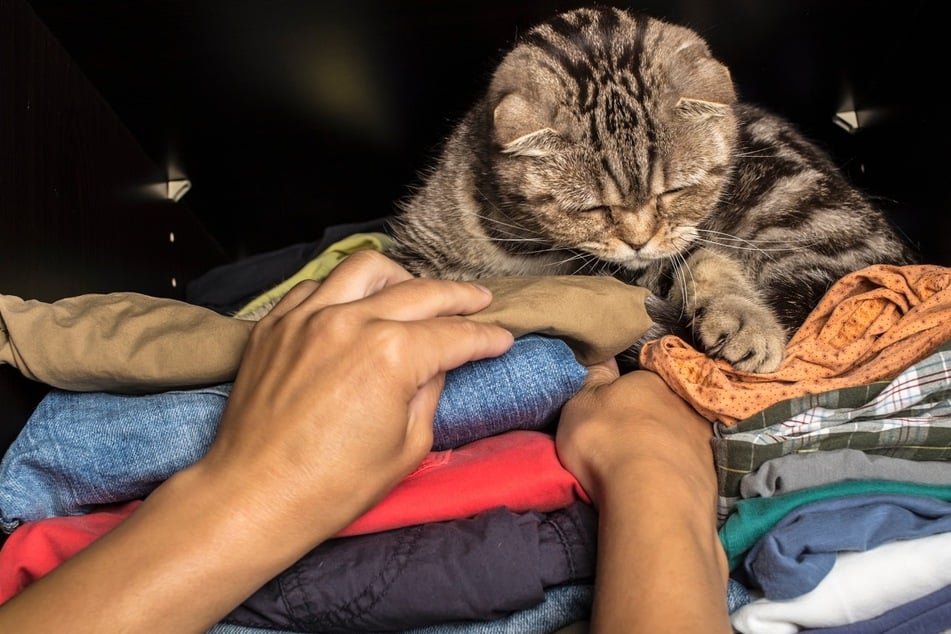
How to protect your furniture from cats
When a cat starts to scratch on your furniture, the obvious first reaction is to scold it with angry words and stop it in the short term. The problem with this method is that it ignores the fact that you won't be there all the time, and doesn't actually address the root cause of the issue at hand. Instead, there are five steps to this process, each of which can be completed separately.
To protect your furniture from cats, you must do these five things:
- Step 1: Try to keep valuable or important furniture away from your cats where possible.
- Step 2: Cat-proof all the furniture in your home that you are concerned about.
- Step 3: Offer alternative pieces of furniture for your cat to scratch or stink up.
- Step 4: Make sure your houseplants are out of harms way.
- Step 5: Properly train your cat.
While scratching and making donuts on furniture and walls is a key part of the problem, it is not the only issue at hand. With these steps, your cat will be less likely to damage your furniture in whatever way it can.
Keep cats away from furniture
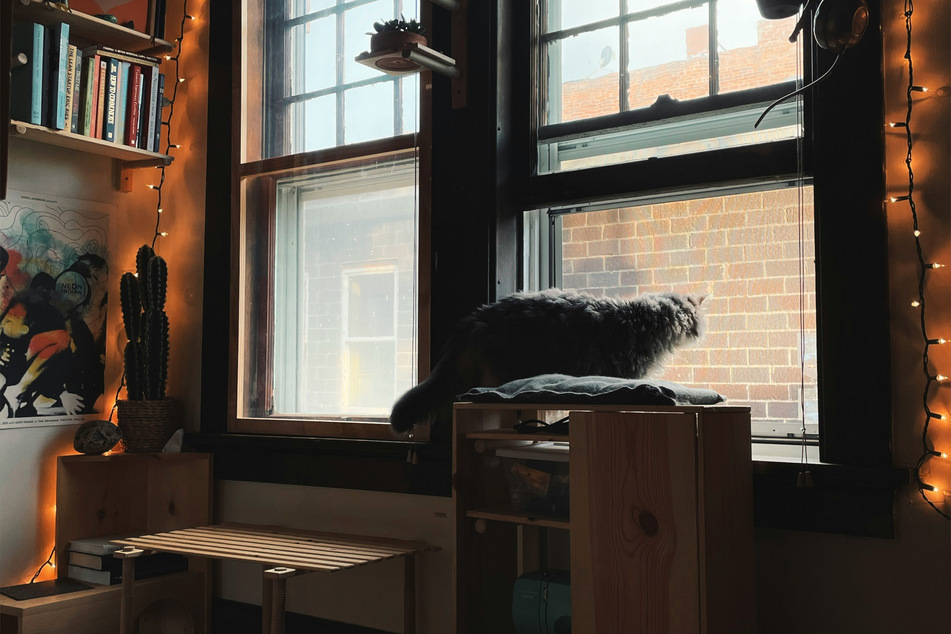
There is no universally effective way to stop your cat from interacting with furniture in your home. What you can do, however, is limit your kitty's movement within your home. If you are particularly concerned about particular pieces of furniture, keep them in a space with an easily closed pull-to (not sliding) door, and keep it closed and separate whenever possible.
Your cat will inevitably make it into the room from time to time, but by stopping a habit from forming in the first place, you'll be able to reduce the chances of damage occurring. It also helps if the space in which you keep these special things smells of something that your kitty dislikes, to further disincentivise interactions.
Of course, this also applies to particular items. Keep towels and blankets stored away during the day, out of reach, for example. Whatever your method, just make sure that it doesn't cause your feline friend too much stress.
Cat proof your furniture
Cat proofing your home furniture is the most sure-fire way to protect it from your cat's claws and bladder. Of course, this is not always possible and in many cases extremely impractical and aesthetically questionable, but ultimately it will be the most effective way to limit the damage done by behaviors that are impossible to stop entirely.
Here's how to cat proof your furniture:
- Cover areas prone to damage with towels and other disposable items, including blankets. Your cat will enjoy interacting with these material, whether when scratching or burrowing, and will not damage your furniture in the meantime.
- Put aluminum foil around furniture that's at risk – your cat won't like the feeling or sound that walking on the foil creates.
- Do the same with plastic wrap, as cats hate the feeling of the stuff and will avoid it like the plague.
- Use adhesive double-sided tape. While not so strong that it'll cause injury, the tape will be sticky and your cat will dislike it.
- Make it smell bad, at least according to your cat. Your kind kitty will find certain smells very unpleasant (though not dangerous) and will avoid them.
Ultimately, it is all about making those specific pieces of furniture less desirable, whether that's for the purposes of reducing scratching, malting fur, or something else.
Offer alternatives
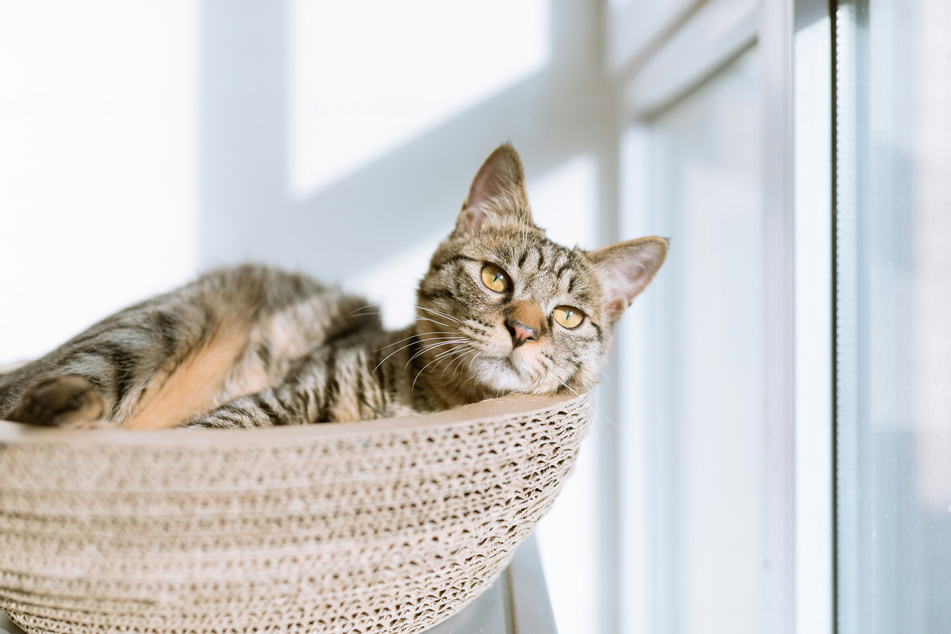
Another good way to get your cat to stop destroying your furniture is to provide it with things of its own that can be destroyed without too much of an issue. A cat tower, for example, is great, as it can double as somewhere to sleep, relax, and take ownership of.
The only real problem with a cat tower is that it becomes a magnet for shed fur and dust, and in many cases can also be a pretty serious eyesore. While the latter can only really be solved by getting one that looks good in your home, the former point can easily be solved with regular vacuuming. Other than that, a cat tower is a win-win situation.
It doesn't have to be a tower, though, ultimately you need to positively reinforce your cat's interactions with what you are okay with being wrecked, and negatively reinforce its interactions with furniture you want left alone.
Keep cats away from houseplants
It can be both annoying and dangerous for cats to interact with houseplants, especially ones that can be knocked over. As such, it is best to only get larger houseplants that cats cannot damage or knock over, to keep them at ground level, or to keep them impossibly out of reach.
Remember, though, cats are expert climbers, and there are very few spots in your house that they can get to if they put their mind to it. In these cases, disincentivize your cat from interacting with them using scents they don't like, things like bells, and substances they find unpleasant. A particularly good thing to use is coffee grounds sprinkled on the soil.
In addition, think about things that could be causing your cat to exhibit certain behaviors. If your kitty is, for example, digging up your plants and using the soil as a makeshift toilet, perhaps there's something wrong with its litter tray. Once the mystery is solved, maybe your cat will behave itself.
Houseplants can be a form of stress for human and cat alike. Be careful what you choose, and be careful how and where you present your eventual choices.
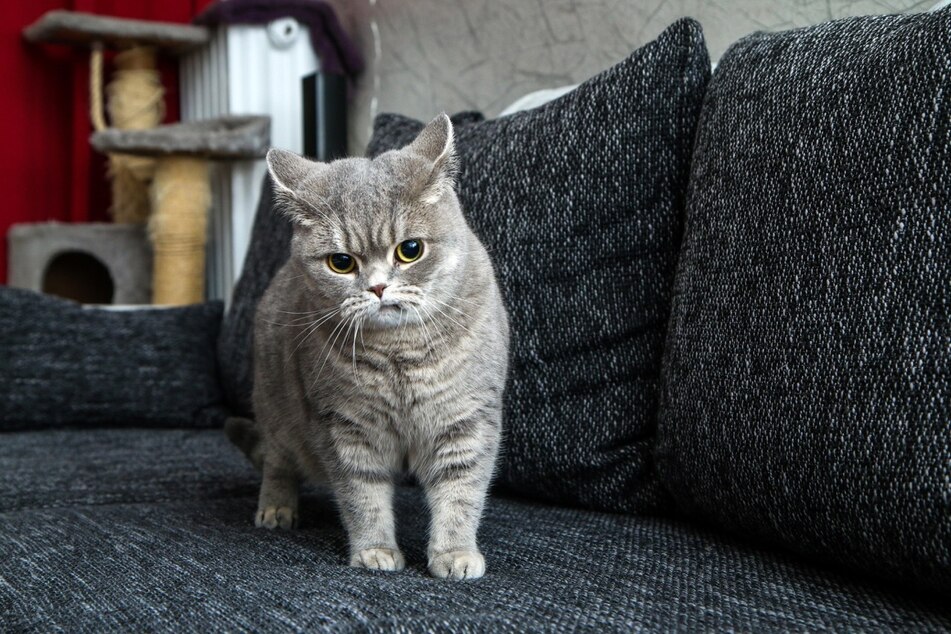
Cat education and training
Training your cat is not as easy and straight forward as it is for dogs, but it's still possible, and it can still help. The best thing to do is simply pay attention to what your cat does wrong and what it might need help with, and to focus on these areas in any training activities or habits you might engage with.
If your cat freaks out and wrecks your furniture just before you take it for a walk (if that's your thing), then get it professionally harness and leash trained, for example. Sometimes clicker training can be a great motivator for good kitty behavior. Most importantly, though, good potty training is the key to stopping your cat from ruining your sofa and bed.
A well-trained cat will be far easier to deal with, much friendlier, and a generally better companion. Don't expect the tricks of a dog, but training can still yield worthwhile results.
It can be hard to protect couches from cats
A cat will never really stop scratching. They need to sharpen their claws, as it is a vital part of their nail grooming processes. Unless you have your cat declawed, which is considered by many to be highly unethical, there's no way to stop it completely – nor should you!
But that doesn't mean you can't protect your furniture. All it takes is some hard work and plenty of patience, and before you know it, healthy expectations and behaviors will become second nature.
Cover photo: 123RF/Whitestone
